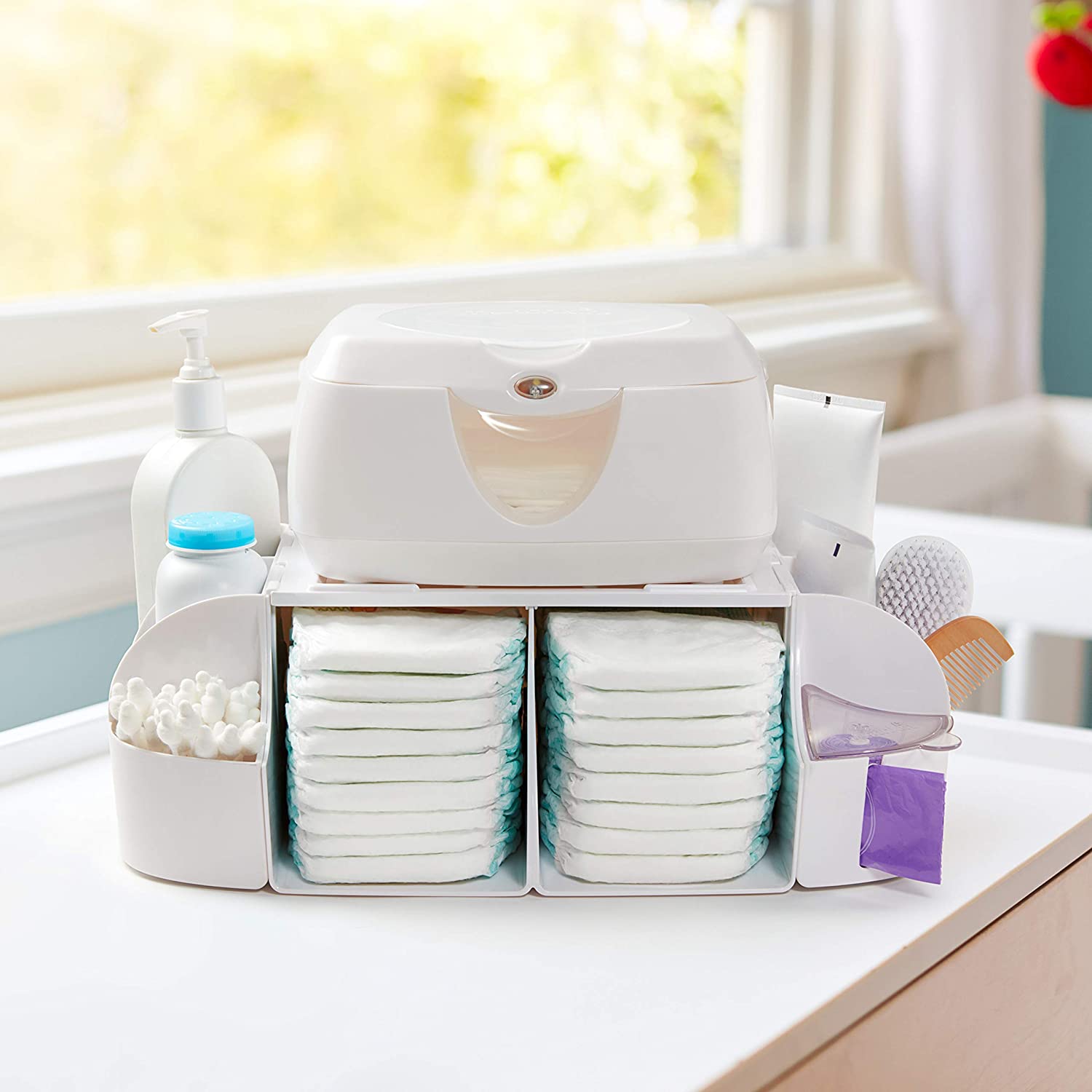

Articles
How Many Boxes Of Diapers Do I Need
Modified: December 6, 2023
Discover the perfect bathroom storage solutions for organizing your diapers. Find out how many boxes of diapers you really need with our helpful guide.
(Many of the links in this article redirect to a specific reviewed product. Your purchase of these products through affiliate links helps to generate commission for Storables.com, at no extra cost. Learn more)
Introduction
Welcome to the world of parenting! As parents, one of our primary responsibilities is ensuring the comfort and well-being of our little ones. Diapers play a significant role in keeping our babies dry and happy throughout the day. However, many new parents often find themselves wondering how many boxes of diapers they actually need to have on hand. The answer to this question can vary depending on several factors, including diaper usage, age of the baby, and frequency of diaper changes.
In this article, we will delve deeper into the world of diaper usage and provide you with a comprehensive guide to determine how many boxes of diapers you may need. So, let’s get started!
Key Takeaways:
- Ensure you have an adequate supply of diapers by considering your baby’s age, diaper size, and daily usage. Stay observant and adjust your estimations to meet your little one’s changing needs.
- Calculate the suggested number of diaper boxes needed by dividing your monthly diaper usage by the number of diapers in each box. Plan for potential size transitions and enjoy a convenient and stress-free diapering journey.
Understanding Diaper Usage
Before we dive into the calculations, it’s important to understand how diaper usage can vary based on various factors. The number of diapers your baby will go through each day can depend on their age, size, and how often you change them.
Newborns typically require more frequent diaper changes due to their smaller bladders and digestive systems. As they grow older, they may require fewer diaper changes as their bladder capacity increases. Additionally, the size of the diaper can also impact usage. Smaller diapers for newborns tend to be used up more quickly compared to larger sizes.
Another crucial aspect to consider is the frequency of diaper changes. Some parents prefer to change diapers immediately after each wet or soiled diaper, while others may follow a set schedule for diaper changes. The more frequently you change diapers, the fewer diapers you will need overall.
Understanding these factors will help you calculate a more accurate estimate of the number of diapers you may require.
Factors to Consider
When determining how many boxes of diapers you need, there are a few essential factors to consider. Take these factors into account to ensure you have an adequate supply of diapers for your little one:
- Age and Diaper Size: The age and size of your baby will play a significant role in diaper usage. Newborns typically use smaller diapers, while older babies may require larger sizes. Be sure to consider your baby’s current size and age when estimating diaper needs.
- Frequency of Diaper Changes: How often you change your baby’s diapers will directly impact the number of diapers you need. Some parents prefer to change diapers as soon as they are wet or soiled, while others follow a regular schedule. Determine your preferred frequency of diaper changes to calculate the appropriate number of diapers.
- Daily Diaper Usage: Observing the number of diapers your baby typically goes through in a single day can give you an idea of their daily diaper usage. Keep track of the number of diapers used over a few days to establish an average.
- Monthly Diaper Usage: Once you have determined the average number of diapers used per day, multiply it by the number of days in a month to estimate your monthly diaper usage. This will give you a better understanding of how many boxes of diapers you need to stock up on.
By considering these factors and observing your baby’s diaper usage patterns, you can make a more informed decision about how many boxes of diapers to purchase.
Calculating Diaper Needs
Now that we understand the factors involved, let’s move on to calculating the number of diapers you will need.
To start, take into account your baby’s age and current diaper size. This will provide an estimation of how long your baby will likely stay in that size before needing a larger one. Typically, babies stay in each diaper size for several months before progressing to the next.
Next, consider your preferred frequency of diaper changes. The American Academy of Pediatrics recommends changing diapers every 2-3 hours during the day and at least once during the night. However, individual preferences may vary, so adjust the frequency according to your baby’s needs.
Once you have determined the diaper size and frequency, monitor your baby’s daily diaper usage for a few days. Keep track of each diaper change. This will give you a baseline for estimating the number of diapers used each day.
Multiply the average daily diaper usage by the number of days in a month to calculate your monthly diaper needs. For example, if your baby uses an average of 8 diapers per day and there are 30 days in a month, you would need 240 diapers for that month.
Keep in mind that these calculations provide a rough estimate and may need adjustment over time. As your baby grows, their diaper needs may change. Stay observant and be prepared to adjust your estimates accordingly.
Remember, it’s always better to have a few extra diapers on hand rather than running out unexpectedly. Be sure to stock up on an appropriate supply to ensure your baby’s comfort and convenience.
Age and Diaper Size
When it comes to diapering your baby, understanding their age and the appropriate diaper size is crucial. Babies grow rapidly, and their diaper needs change as they develop. It’s essential to choose the right size to ensure a secure and comfortable fit.
The diaper sizes available may vary between brands, but generally, they range from newborn to size 7. The specific weight range for each size may also vary. Here is a general guideline for diaper sizes based on age and weight:
- Newborn: Newborn diapers are typically designed for babies weighing up to 10 pounds (4.5 kg) and are best suited for the first few weeks after birth.
- Size 1: Size 1 diapers are for babies weighing 8-14 pounds (3.6-6.4 kg). This size usually fits infants from birth up to about three months.
- Size 2: Babies weighing 12-18 pounds (5.4-8.2 kg) generally fit comfortably in size 2 diapers. This size is typically used from around three to six months.
- Size 3: Size 3 diapers are suitable for babies weighing 16-28 pounds (7.3-12.7 kg). Babies usually transition to this size between six and nine months of age.
- Size 4: For babies weighing 22-37 pounds (10-16.8 kg), size 4 diapers are the most appropriate. Babies usually wear this size from nine to 18 months.
- Sizes 5 and above: These larger sizes are for older babies and toddlers who weigh over 27 pounds (12.2 kg) and are typically worn beyond 18 months.
Keep in mind that these weight ranges are general guidelines, and the right size for your baby may vary depending on their body shape and individual needs. It’s essential to check the manufacturer’s guidelines and ensure a snug but not too tight fit to prevent leaks and discomfort.
As your baby grows, be attentive to any signs that they may be outgrowing their current diaper size. If you notice red marks on their skin or frequent leaks, it may indicate that it’s time to move up to the next size.
By understanding your baby’s age and the corresponding diaper size, you can make sure they are comfortable and protected throughout their diapering journey.
Consider buying diapers in bulk to save money. Newborns use about 10-12 diapers a day, while older babies use 6-8. Plan for 1-2 weeks’ worth to start.
Read more: How Many Bricks Do I Need For A Patio
Frequency of Diaper Changes
The frequency of diaper changes is a critical factor to consider when determining your baby’s diaper needs. While there are general recommendations, it ultimately depends on your baby’s individual needs and habits.
The American Academy of Pediatrics suggests changing diapers every 2-3 hours during the day and at least once during the night. However, there are some factors that may necessitate more frequent changes:
- Wet Diapers: It’s important to change a wet diaper as soon as possible to maintain your baby’s comfort and prevent diaper rash. Signs of a wet diaper include a heavy diaper, visible dampness on the diaper’s surface, or your baby displaying signs of discomfort.
- Soiled Diapers: A soiled diaper should be changed immediately to keep your baby clean and prevent skin irritation. Signs of a soiled diaper include a noticeable odor, a bulging diaper, or visible poop on the diaper’s surface.
- Diaper Rash: If your baby is experiencing diaper rash, it may require more frequent diaper changes to help keep the area clean and dry, promoting faster healing.
- Overnight Diapers: Overnight diapers are designed to provide extra absorbency and offer protection throughout the night. These diapers allow for fewer overnight changes, giving both you and your baby a more restful night’s sleep.
It’s important to note that every baby’s needs are unique, and some may require more frequent diaper changes due to their individual digestion and urinary habits. By observing your baby’s behavior, you can get a sense of their comfort level and when a diaper change is needed.
While it’s essential to change diapers regularly, it’s also important not to overdo it. Excessive diaper changes can lead to unnecessary waste and expenses. Finding the right balance based on your baby’s needs will ensure their comfort and minimize diaper-related issues.
Overall, staying attentive to your baby’s diaper needs and adjusting the frequency of changes accordingly will help keep them clean, dry, and happy.
Daily Diaper Usage
Observing your baby’s daily diaper usage is an excellent way to determine their specific needs and estimate how many diapers you will require on a daily basis.
Start by keeping track of each diaper change throughout the day. Note down the number of wet and soiled diapers your baby goes through. Remember to include nighttime changes if applicable. You can do this for a few days to establish an average.
On average, newborn babies tend to go through about 8-12 diapers per day. This higher frequency is due to their small bladders and frequent feeding. As babies grow, they generally require fewer diaper changes. Babies aged 6-12 months may go through around 6-8 diapers per day, while older babies and toddlers may only need 4-6 diaper changes.
It’s essential to consider both wet and soiled diapers when calculating daily usage. This will give you a comprehensive picture of how many diapers your baby needs to stay clean and comfortable.
By assessing your baby’s daily diaper usage, you can estimate how many diapers you will need to have readily available each day. This information will also be helpful when calculating your monthly diaper needs.
Remember that these numbers serve as general guidelines, and individual variances are common. Your baby’s unique habits and preferences may result in slightly higher or lower diaper usage. Use your daily observations as a baseline and adjust the quantities accordingly to suit your baby’s needs.
Once you have a good understanding of your baby’s daily diaper usage, you can move on to estimating your monthly diaper needs.
Monthly Diaper Usage
Calculating your baby’s monthly diaper usage is an important step in determining how many boxes of diapers you will need to have on hand. By estimating the number of diapers your baby uses in a month, you can ensure that you are adequately prepared.
To calculate your monthly diaper usage, start by referring to your daily diaper usage records. Take the average number of diapers your baby goes through in a day and multiply it by the number of days in a month. This will give you an estimate of the total number of diapers needed for one month.
For example, if your baby uses an average of 6 diapers per day and there are 30 days in the month, the calculation would be as follows:
6 diapers/day x 30 days = 180 diapers per month
Keep in mind that this is just an estimate, and every baby’s diaper usage may vary. Some days may require more diapers due to increased feeding or changes in routine, while other days may require fewer diapers. By using the average daily diaper usage as a starting point, you can ensure that you have an appropriate supply of diapers for the month.
It’s also important to consider any additional factors that may affect your monthly diaper usage. For instance, if you plan to use cloth diapers part-time or alongside disposable diapers, you may need to adjust your calculations accordingly.
Lastly, remember that as your baby grows, their diaper needs may change. Be prepared to adjust your monthly diaper usage estimations periodically based on your baby’s development and changing habits.
By calculating your monthly diaper usage, you can confidently stock up on the right number of diapers to ensure that you never run out and your baby stays comfortable and dry.
Suggested Number of Diaper Boxes
Now that you have calculated your baby’s monthly diaper usage, it’s time to determine the suggested number of diaper boxes you should have on hand. This will ensure that you have an adequate supply of diapers to meet your baby’s needs without running out unexpectedly.
Typically, diaper boxes contain a certain number of diapers, which can vary depending on the brand and size of the diapers. A standard diaper box may contain anywhere from 100 to 200 diapers, although this can vary.
To estimate the number of diaper boxes you will need, divide your monthly diaper usage by the number of diapers in each box. This will give you an approximate idea of how many boxes to purchase. For example, if your monthly diaper usage is 180 diapers and each box contains 150 diapers:
180 diapers ÷ 150 diapers per box ≈ 1.2 boxes
In this case, you would need to round up to 2 boxes to ensure you have enough diapers for the month.
It’s always a good idea to have a few extra diapers on hand, just in case your baby goes through more diapers than usual or unexpected circumstances arise. It’s better to have more diapers than you need, rather than running out and having to make an emergency trip to the store.
Additionally, consider factors such as convenience and availability. If you have space to store extra boxes of diapers or access to regular deliveries, it might be worth purchasing a larger quantity to reduce the frequency of shopping trips.
Remember to take into account the size your baby will need during the estimated time frame. If your baby is close to transitioning to the next diaper size, you may want to consider purchasing some of the larger size to avoid running out.
By calculating your baby’s monthly diaper usage and considering the number of diapers per box, you can determine the suggested number of diaper boxes required to meet your baby’s needs comfortably and without any unexpected surprises.
Read more: How Many Fence Pickets Do I Need
Conclusion
Ensuring that you have an adequate supply of diapers is an essential part of caring for your little one. By considering factors such as age, diaper size, frequency of diaper changes, and daily diaper usage, you can calculate the suggested number of diaper boxes needed to meet your baby’s diapering needs.
Understanding your baby’s age and the corresponding diaper size is crucial for providing a secure and comfortable fit. As your baby grows, be attentive to any signs that they may be ready for a larger diaper size.
The frequency of diaper changes varies based on your baby’s individual needs and habits. Be mindful of wet and soiled diapers to ensure your baby stays clean, dry, and free from diaper rash. Balancing diaper changes with the prevention of excessive waste can help optimize diaper usage.
Tracking your baby’s daily diaper usage allows you to establish an average and estimate the number of diapers needed on a monthly basis. This information helps you plan and ensure that you always have enough diapers on hand.
Calculating the suggested number of diaper boxes involves dividing your monthly diaper usage by the number of diapers in each box. Rounding up to the nearest whole number and considering any potential size transitions will help you determine the appropriate quantity to purchase.
In conclusion, by considering your baby’s age, diaper size, frequency of changes, and daily usage, you can accurately estimate and plan for your baby’s diaper needs. Having an adequate supply of diapers provides comfort and convenience for both you and your little one, ensuring that they stay happy and dry throughout their early years.
Remember to stay observant of your baby’s changing needs and adjust your estimations accordingly. It’s always better to be prepared with a few extra diapers than to run out unexpectedly. Enjoy this special time with your baby, and may your diapering journey be filled with ease and joy!
Frequently Asked Questions about How Many Boxes Of Diapers Do I Need
Was this page helpful?
At Storables.com, we guarantee accurate and reliable information. Our content, validated by Expert Board Contributors, is crafted following stringent Editorial Policies. We're committed to providing you with well-researched, expert-backed insights for all your informational needs.
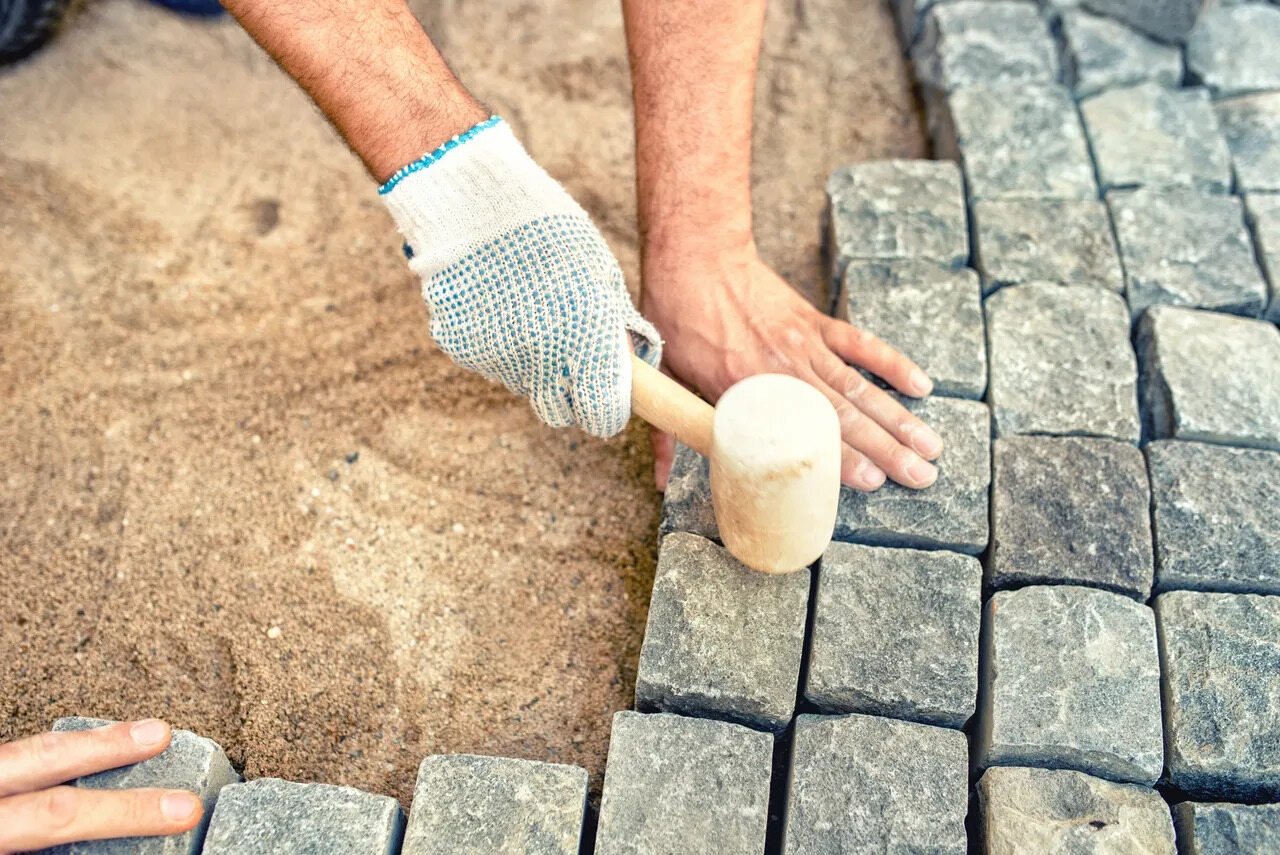
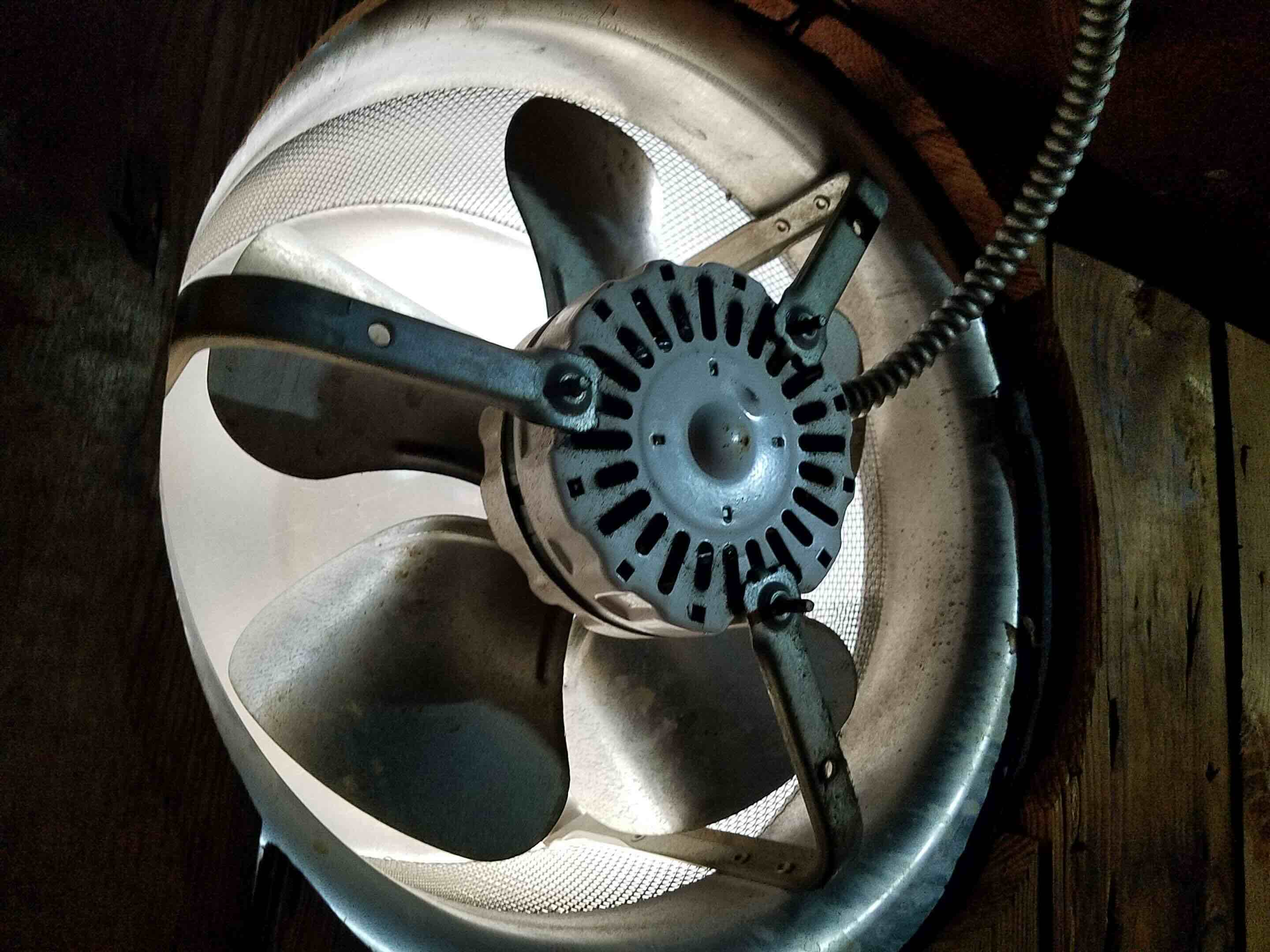
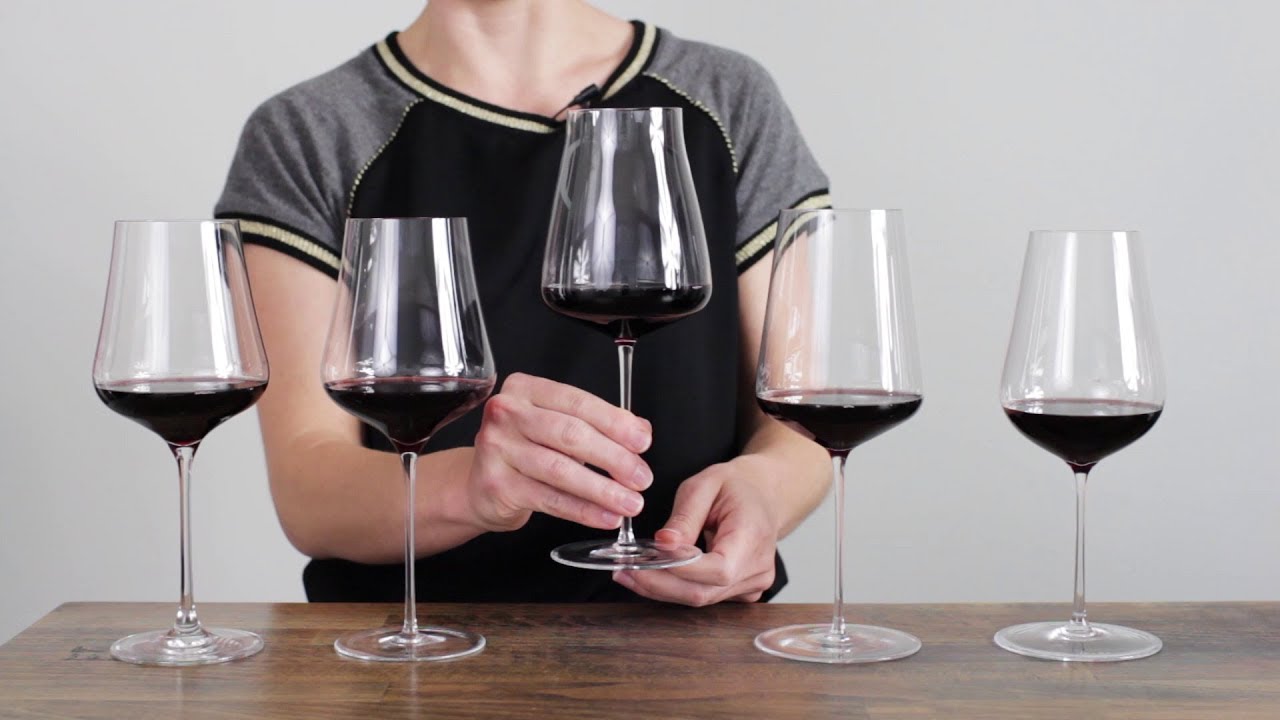
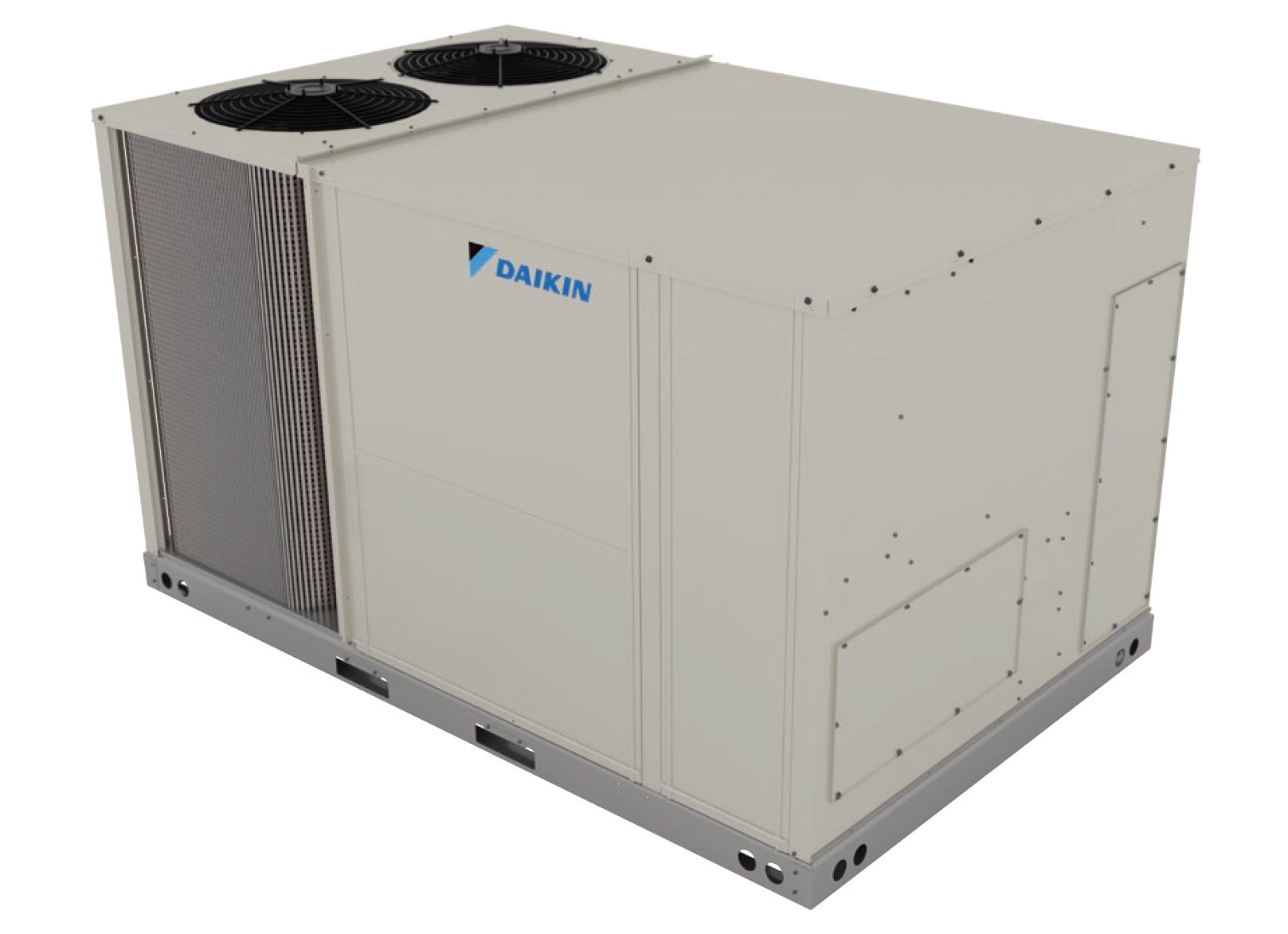
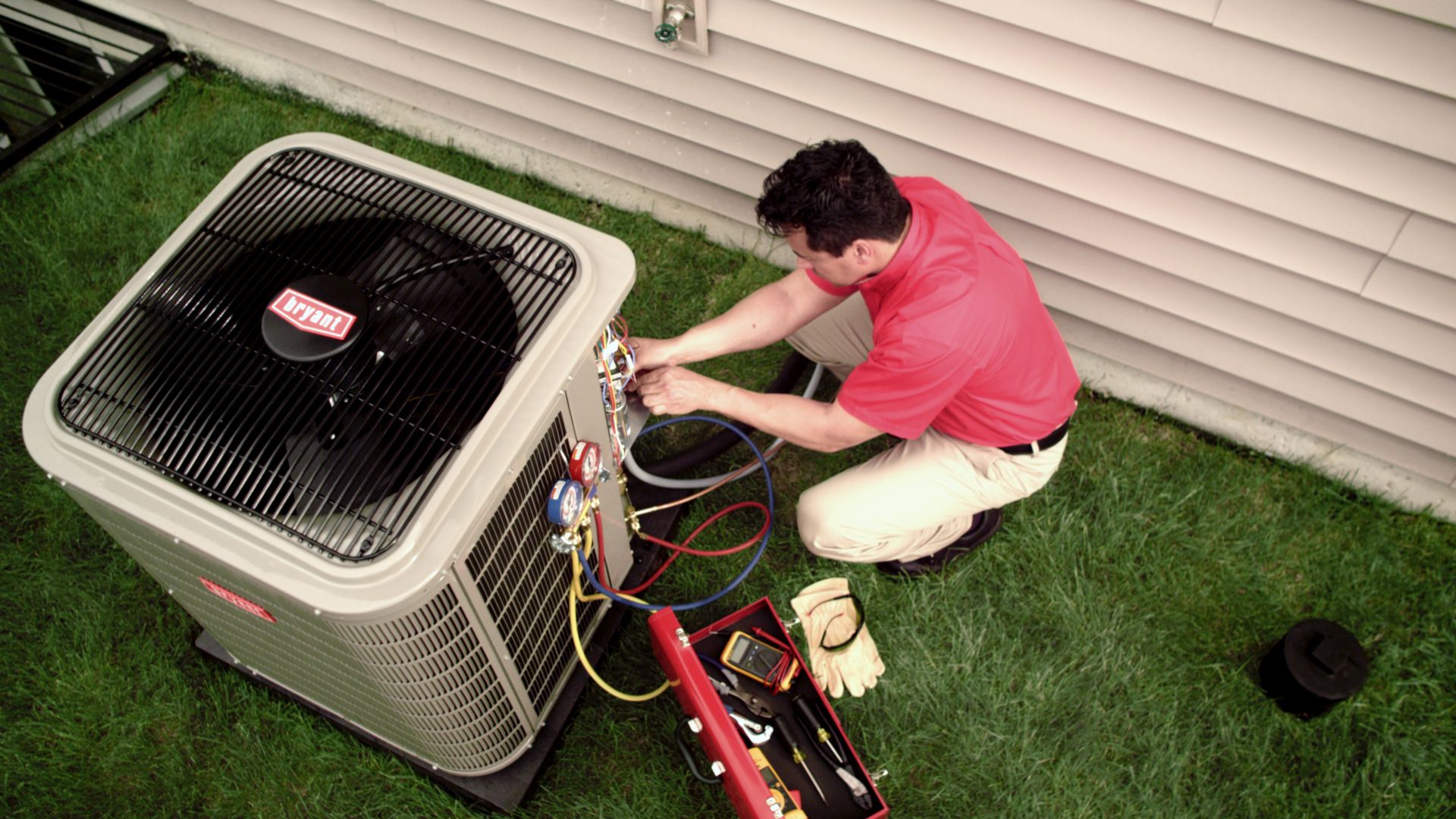
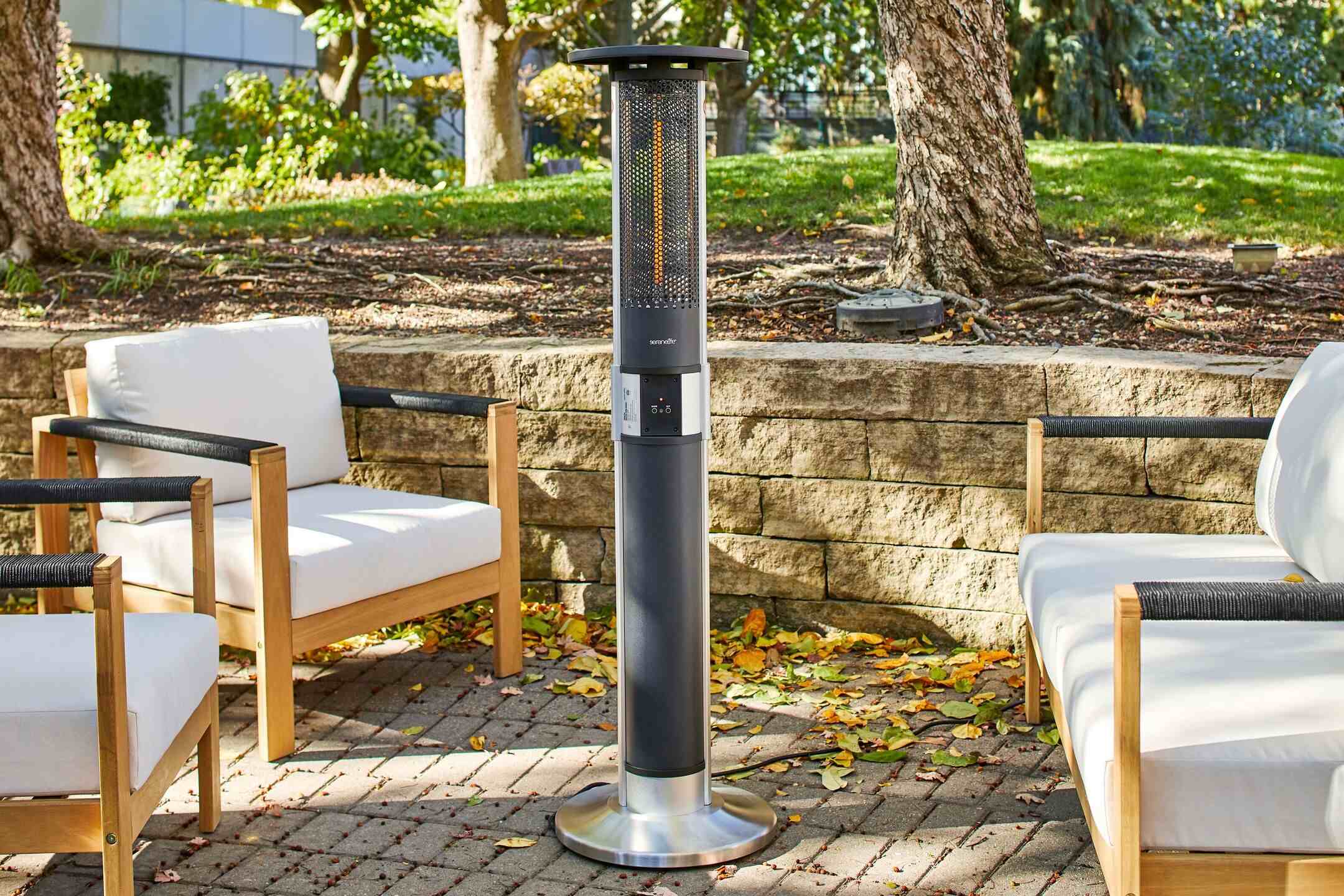
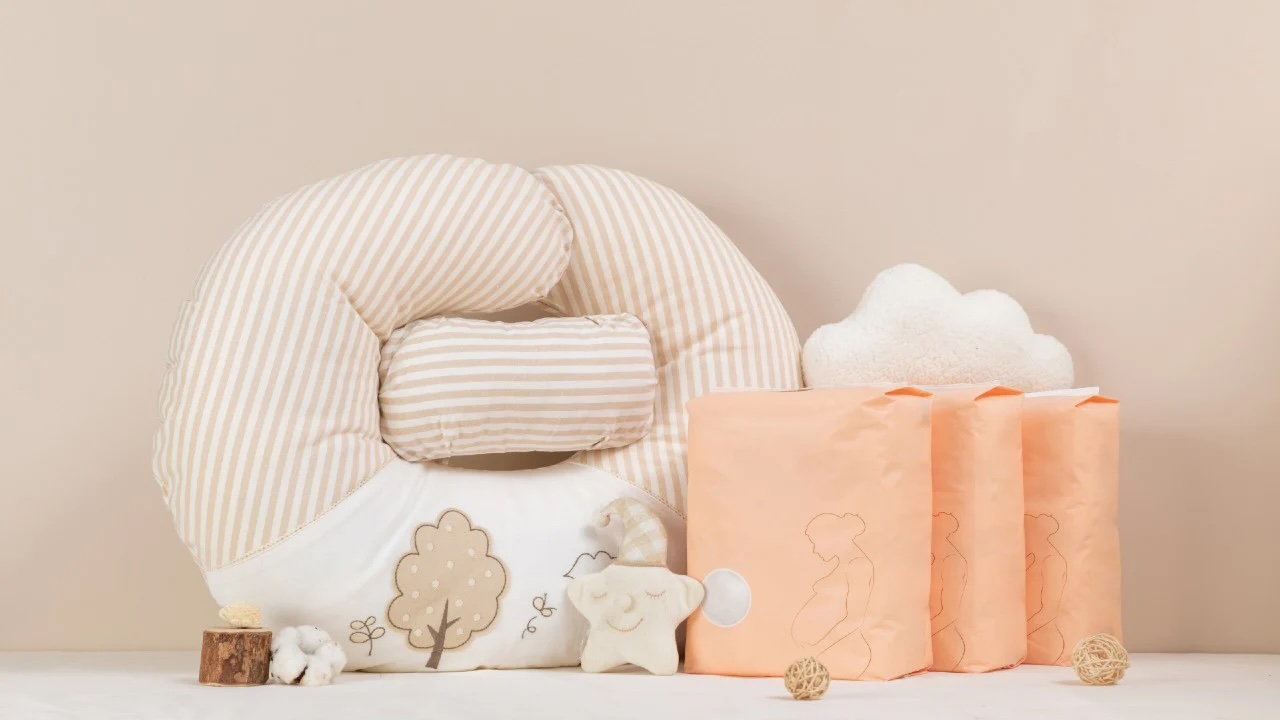
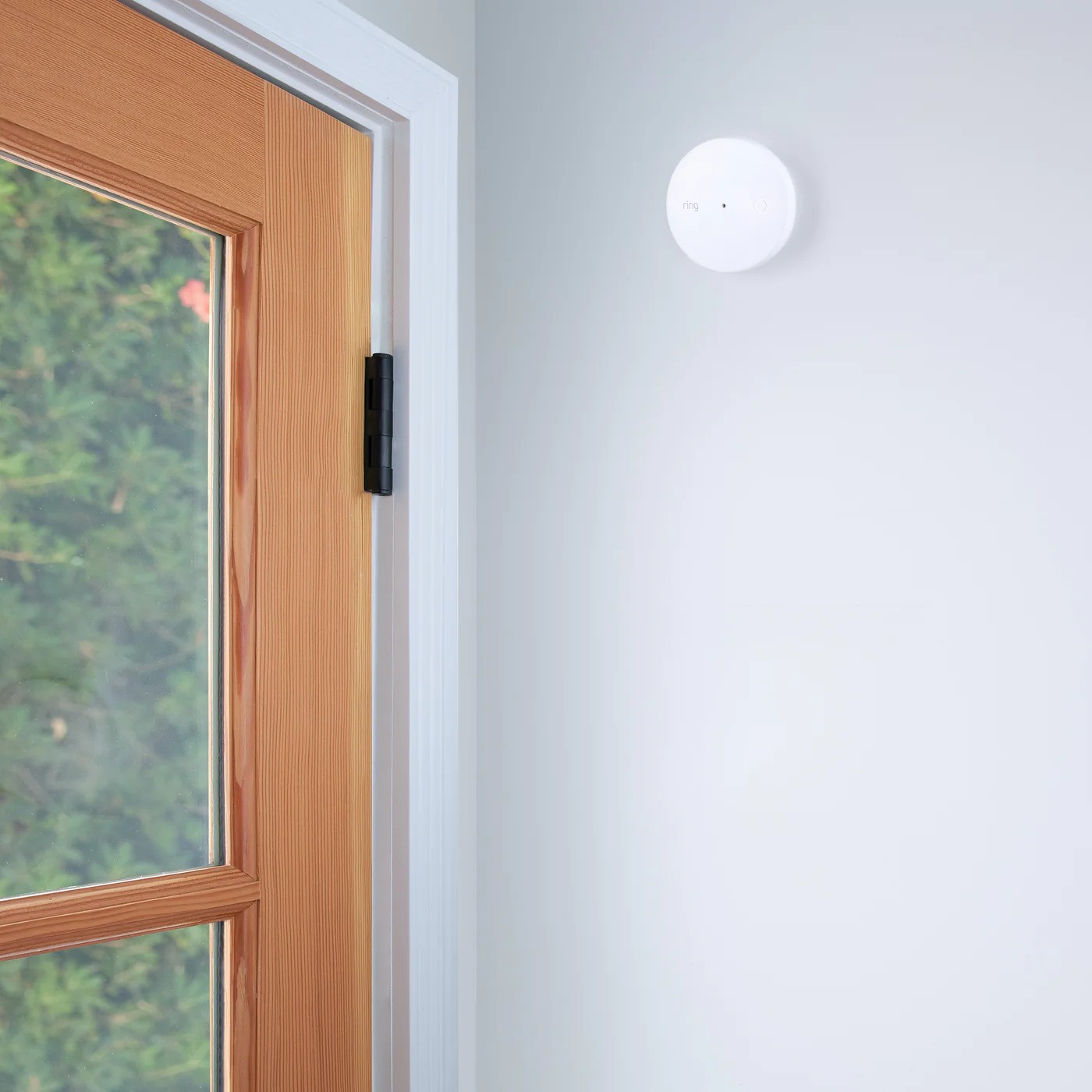
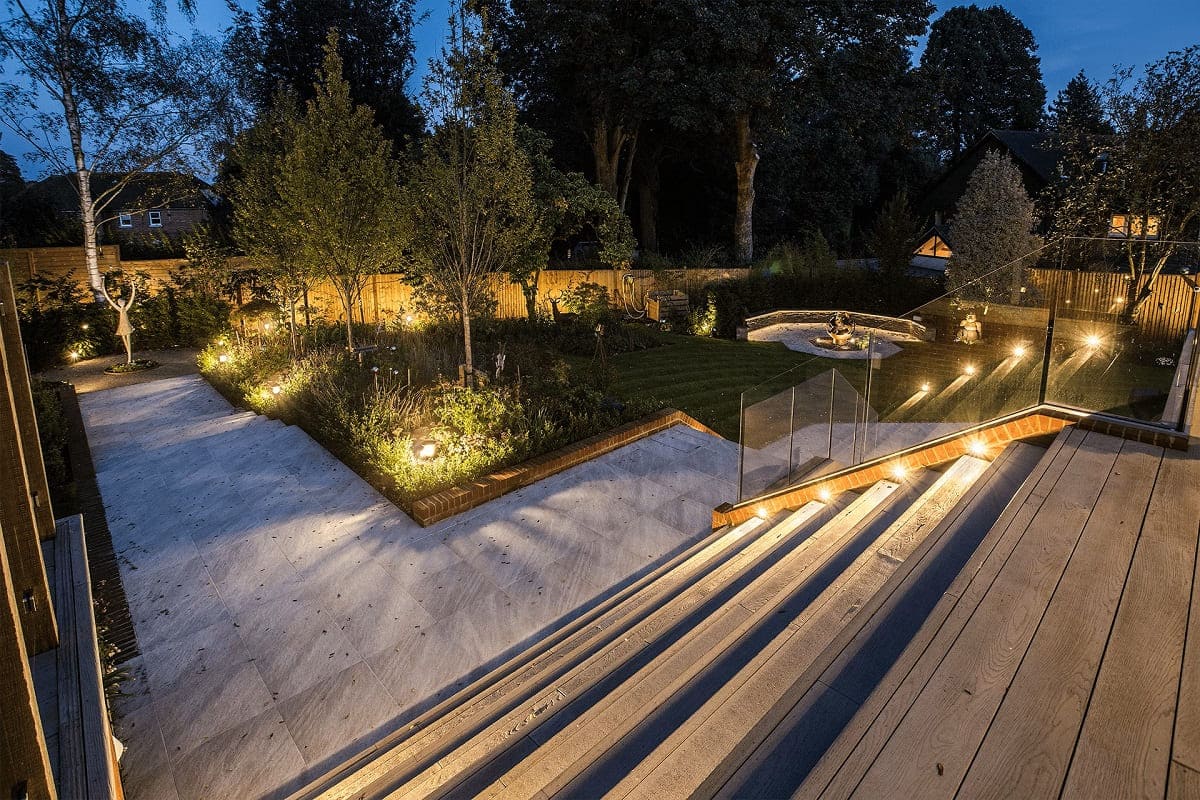
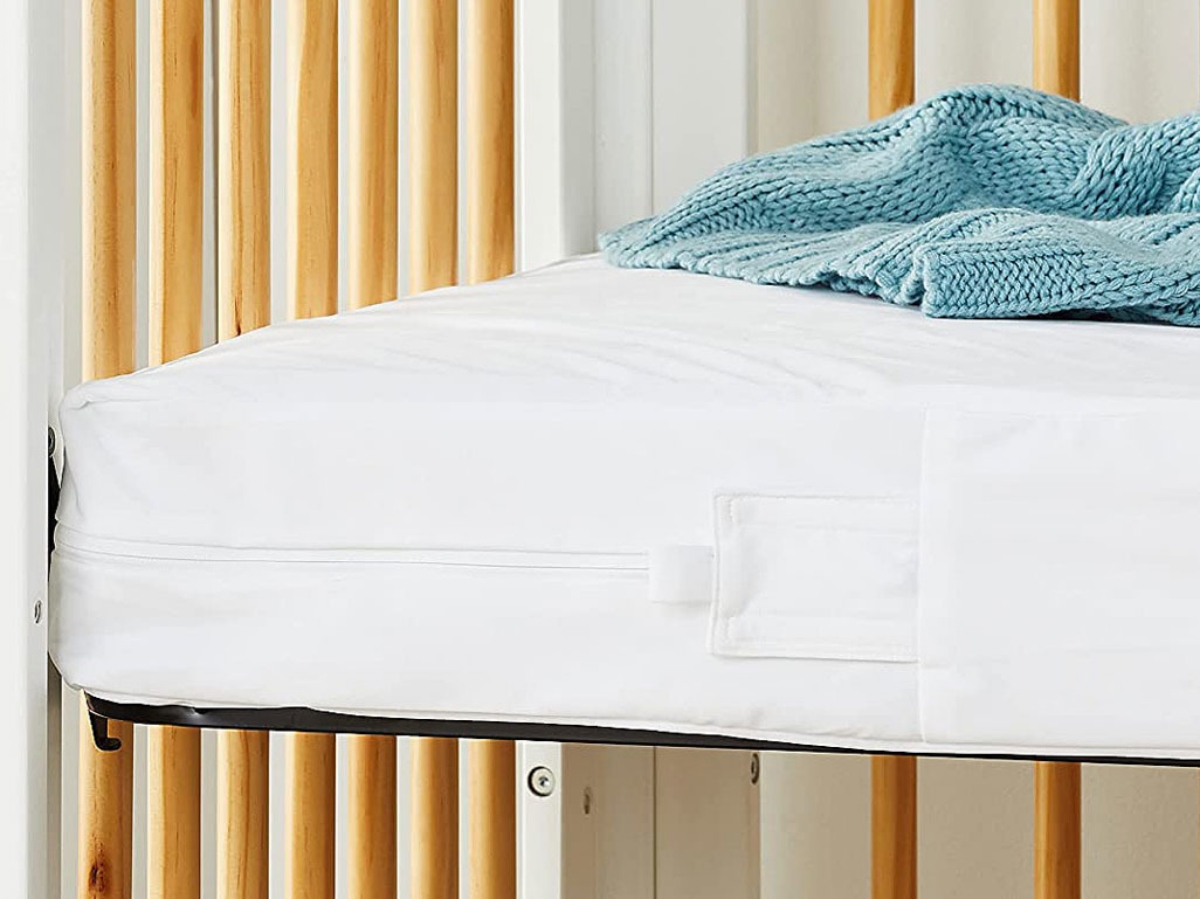
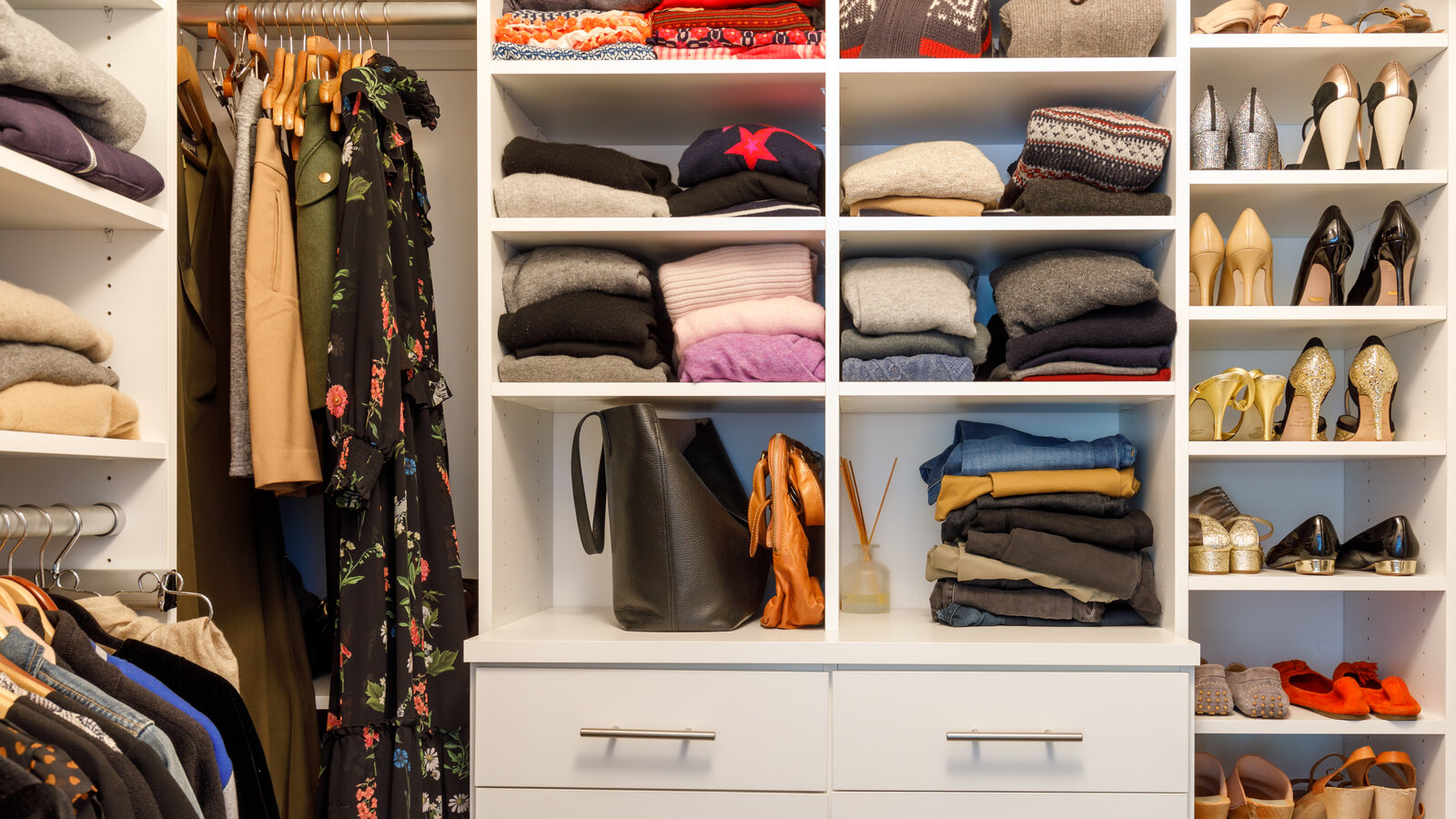
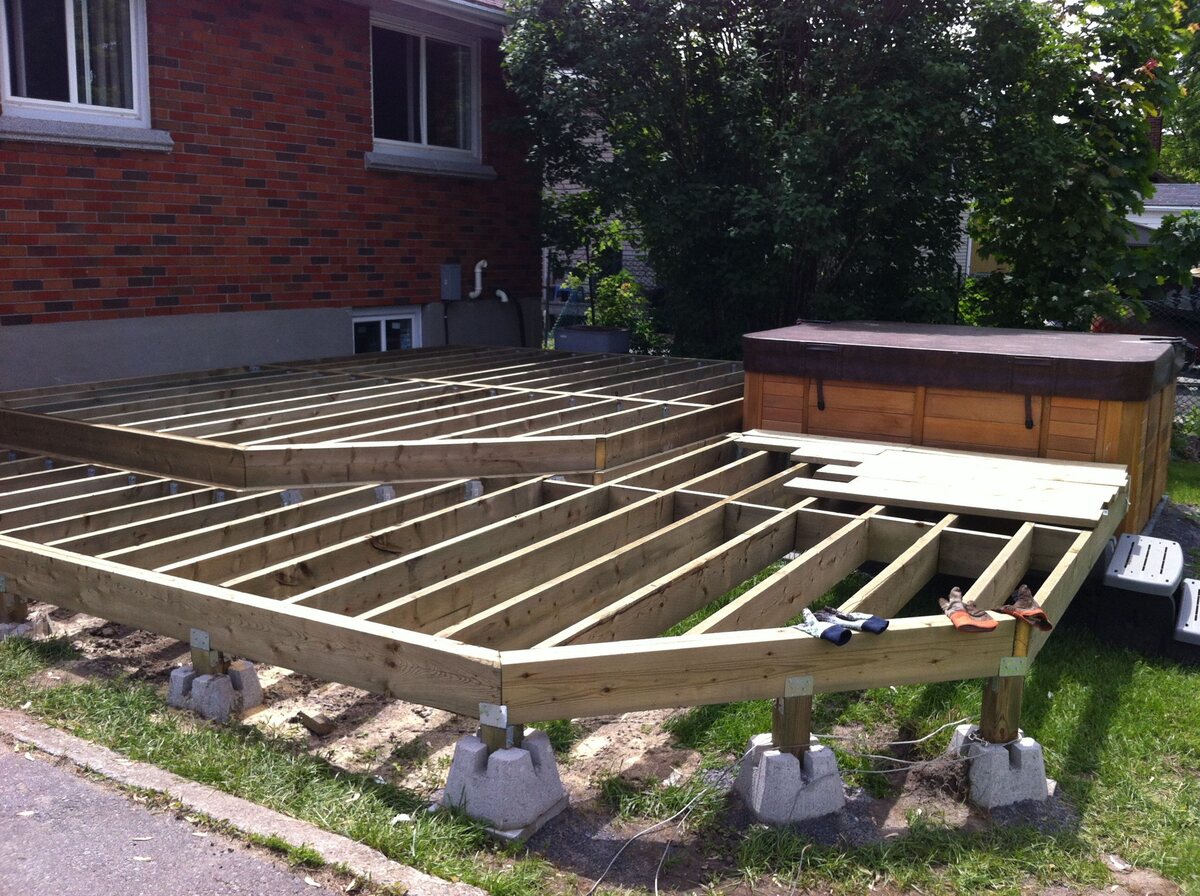
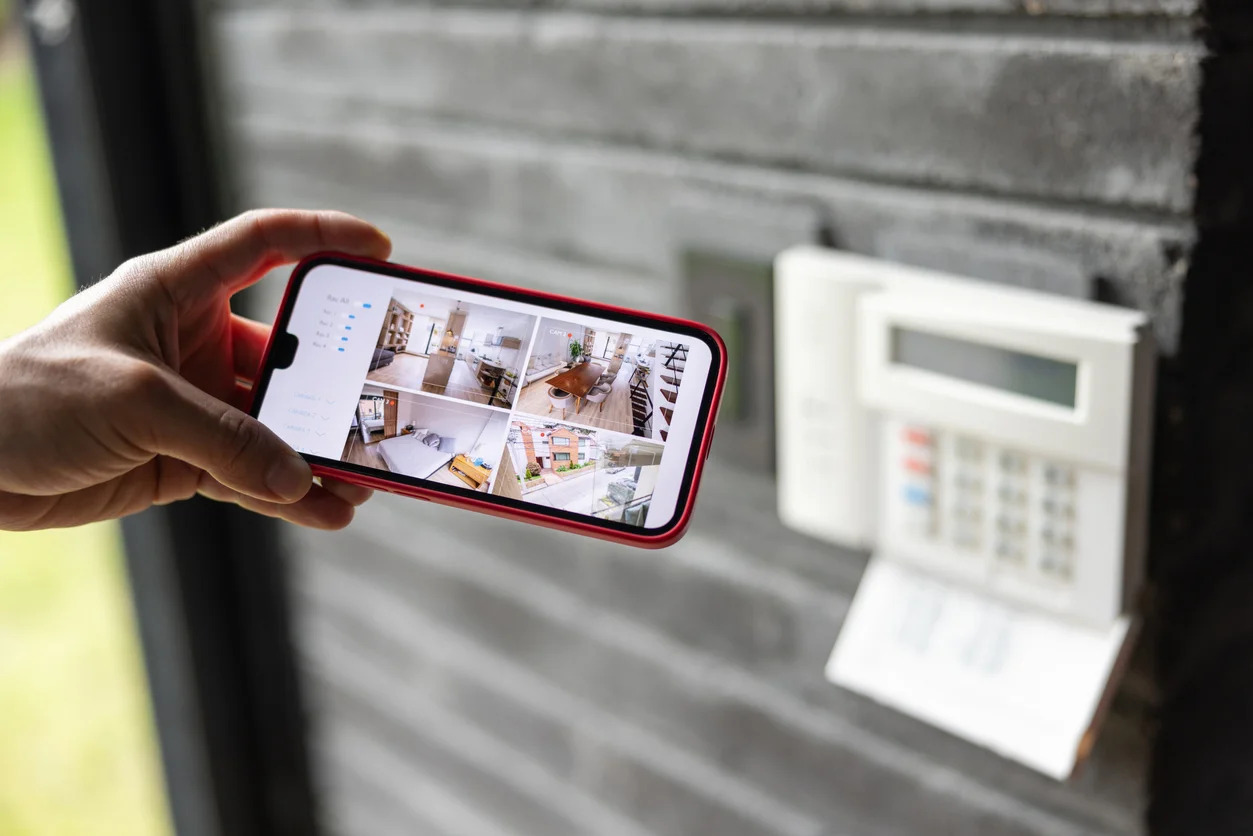

0 thoughts on “How Many Boxes Of Diapers Do I Need”